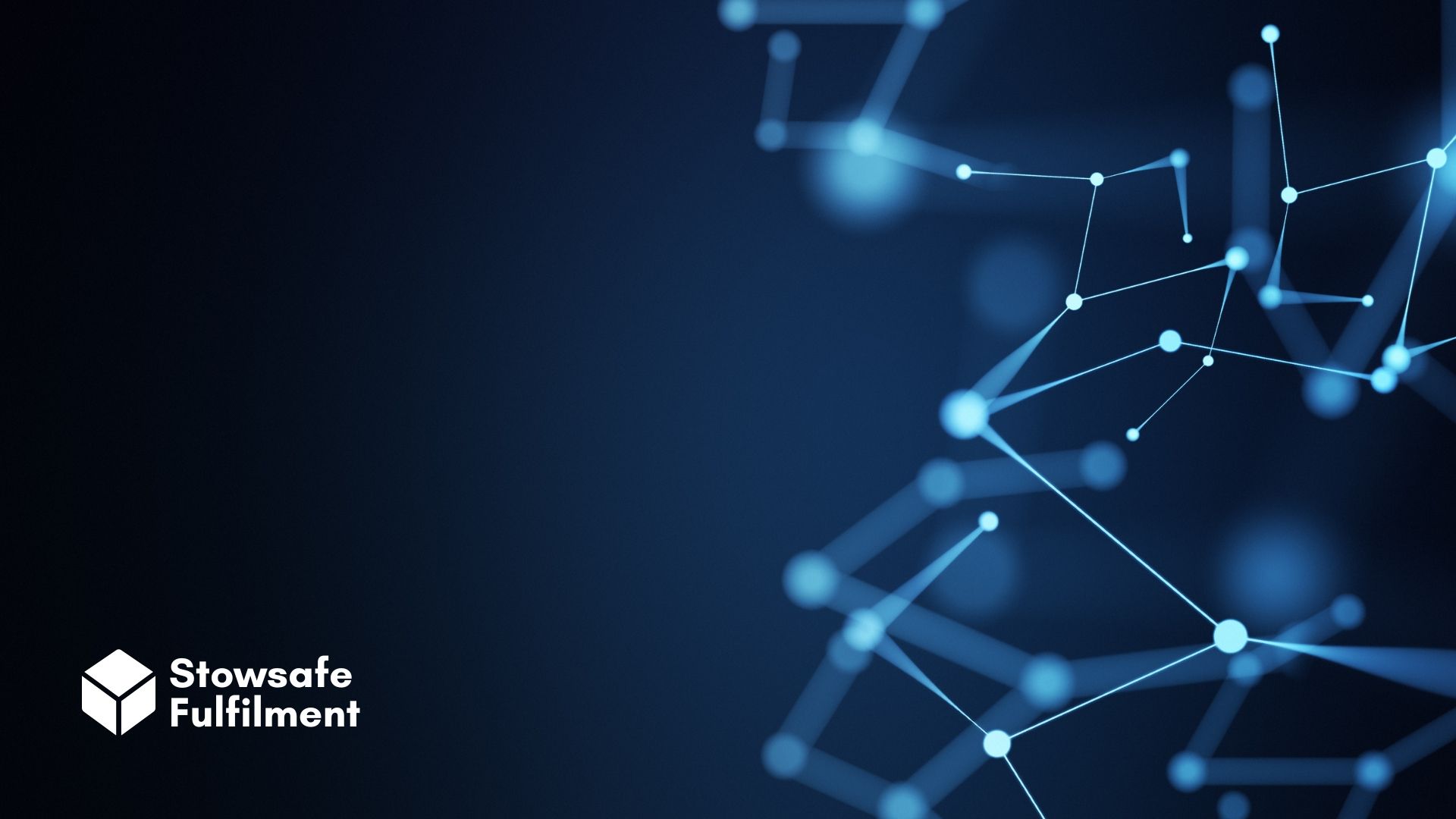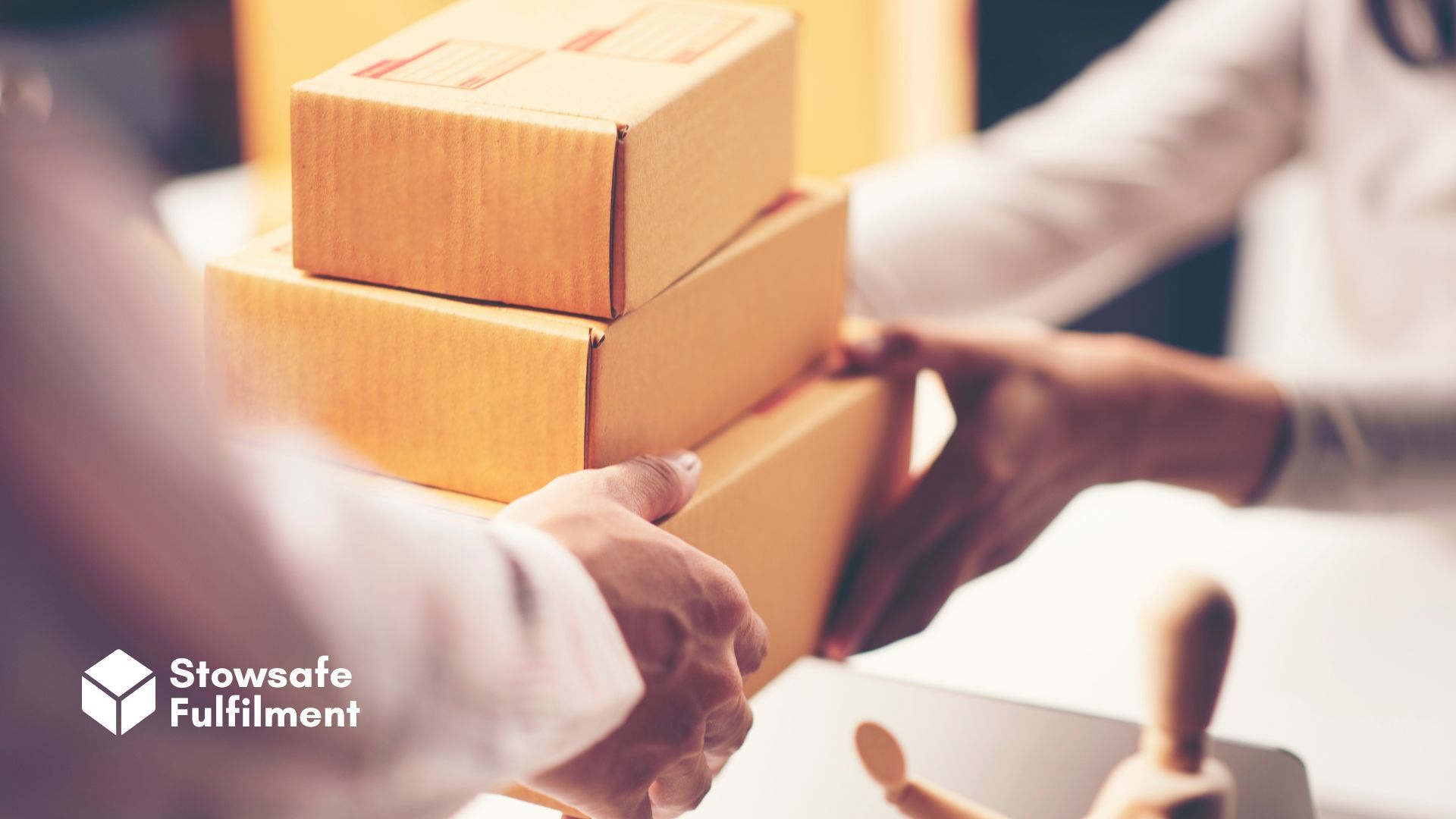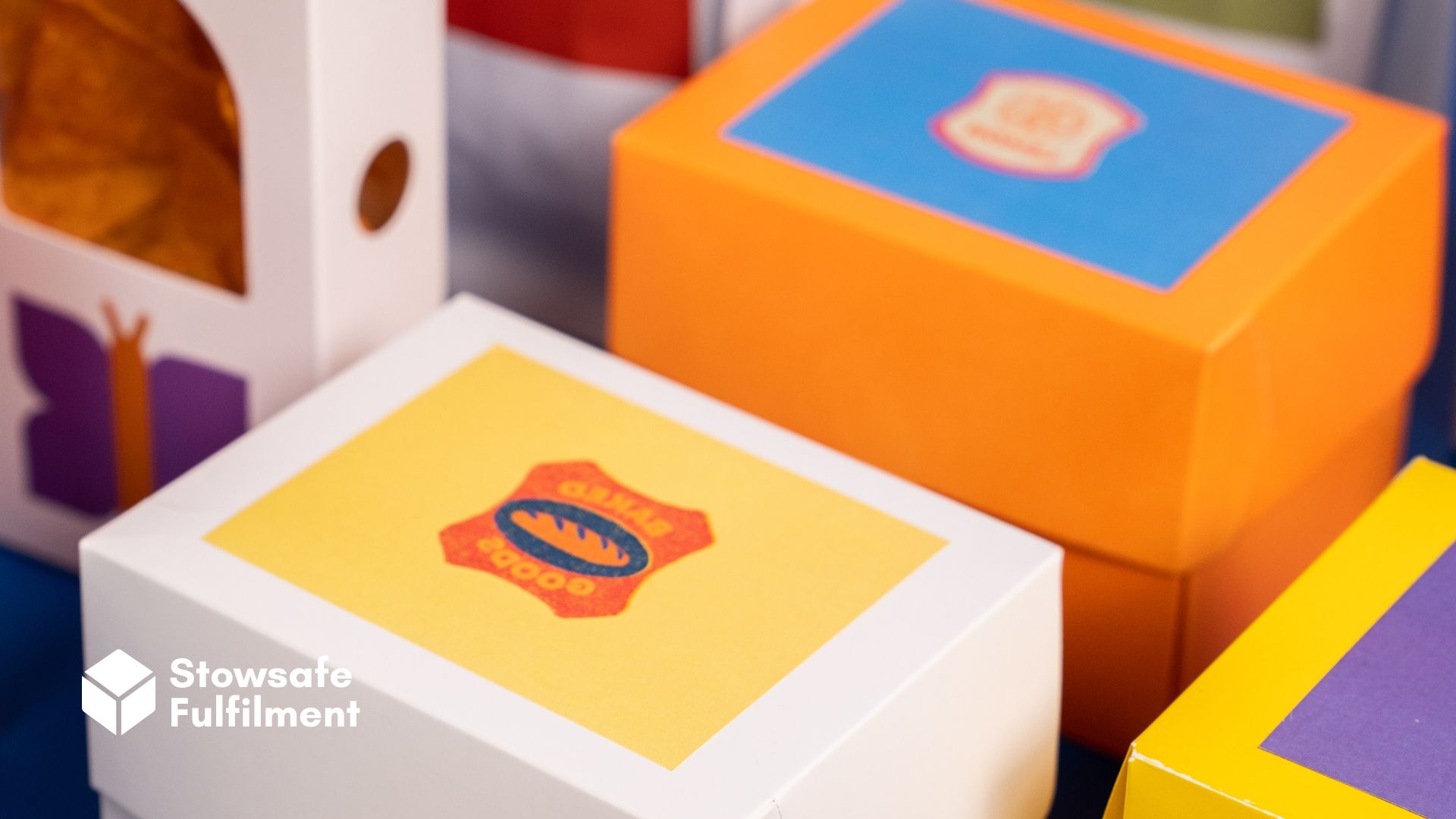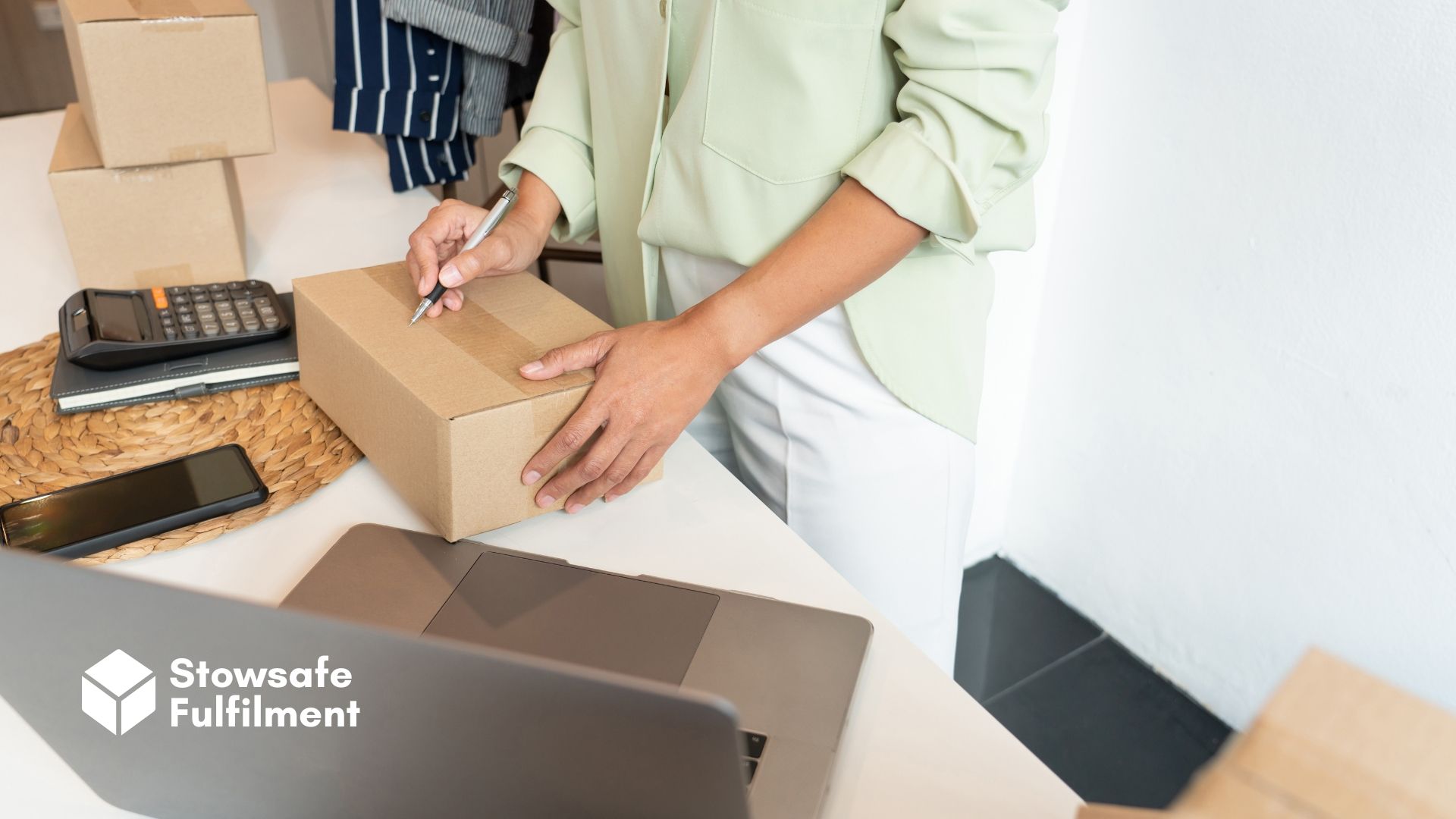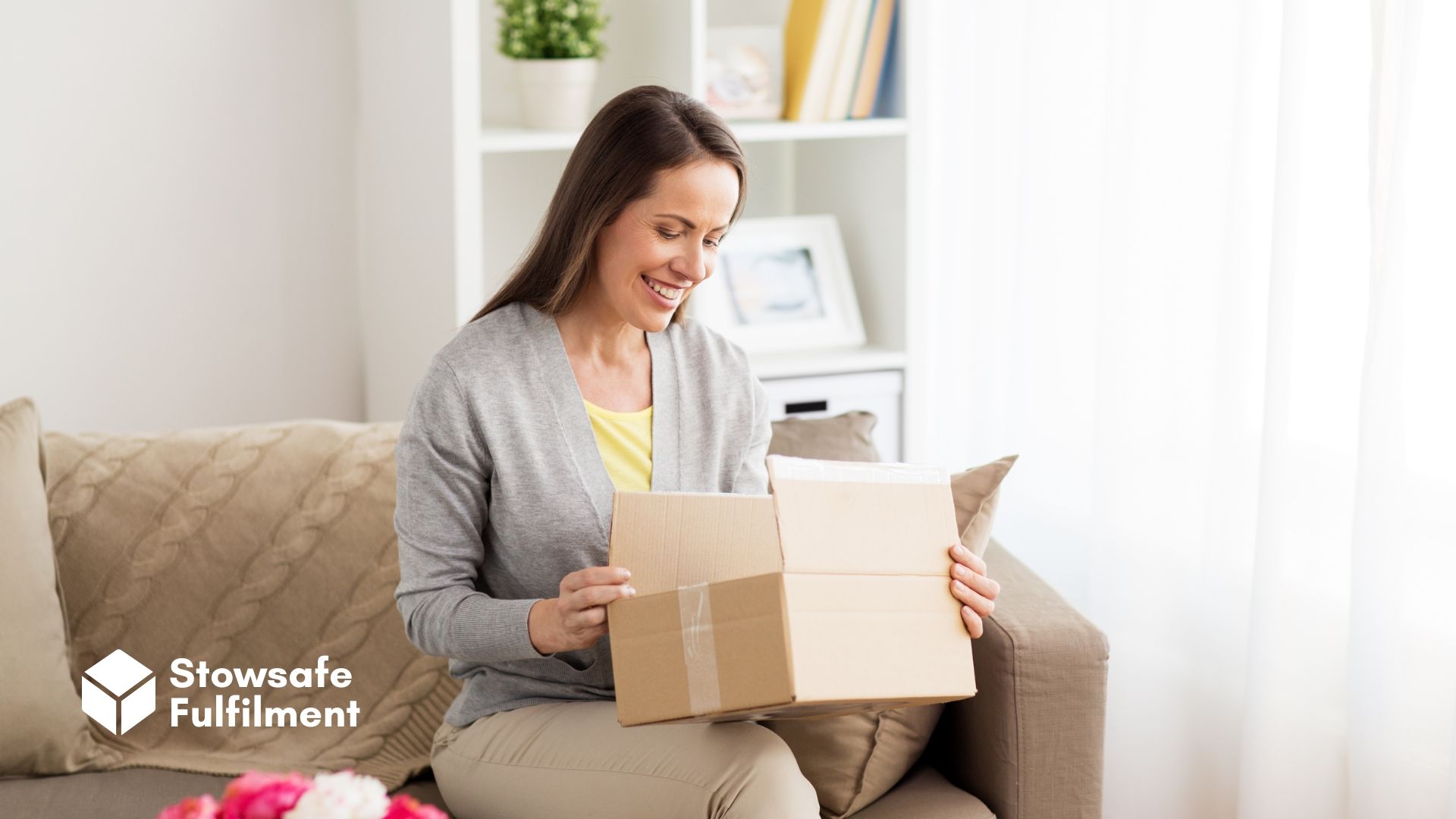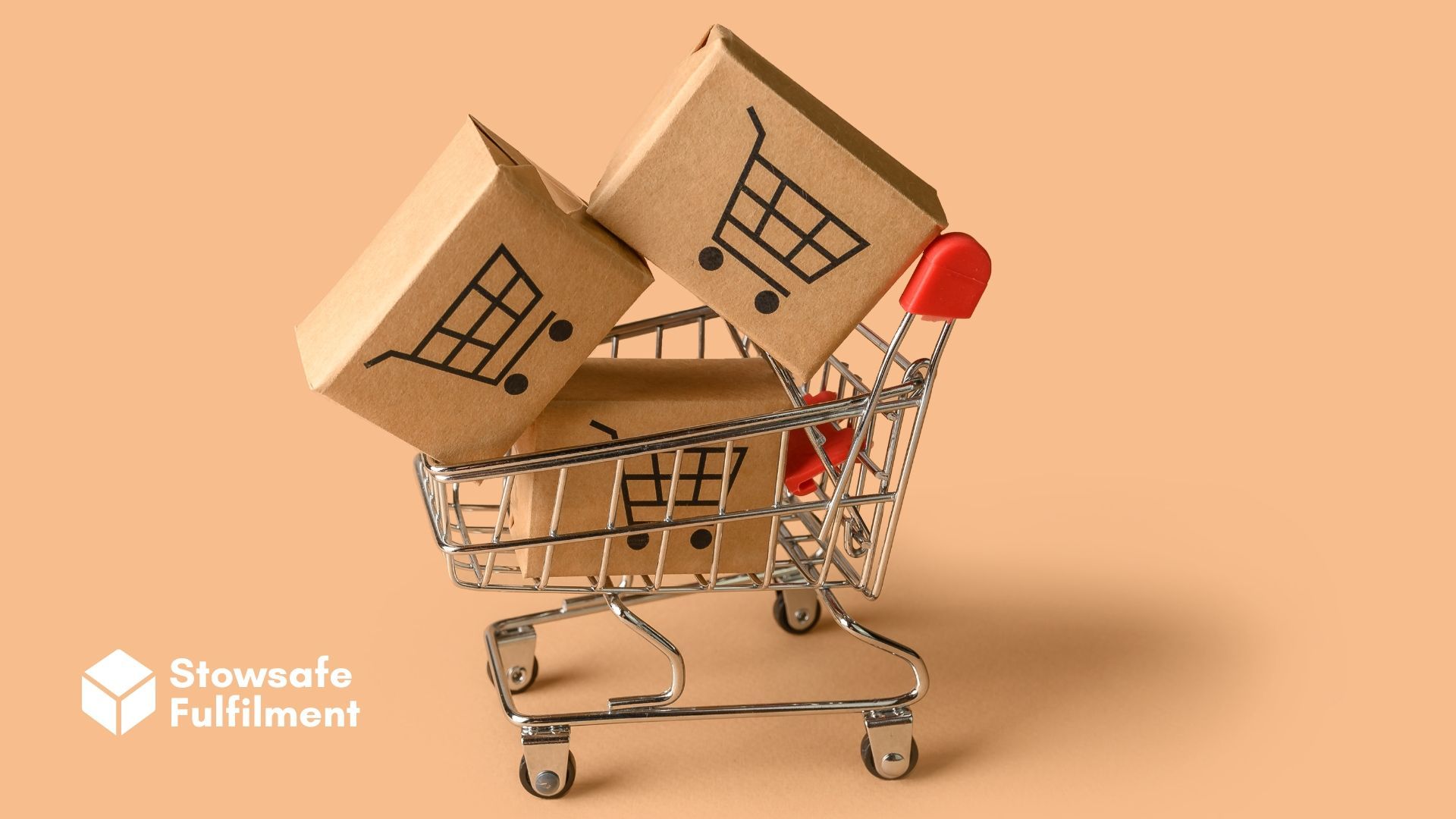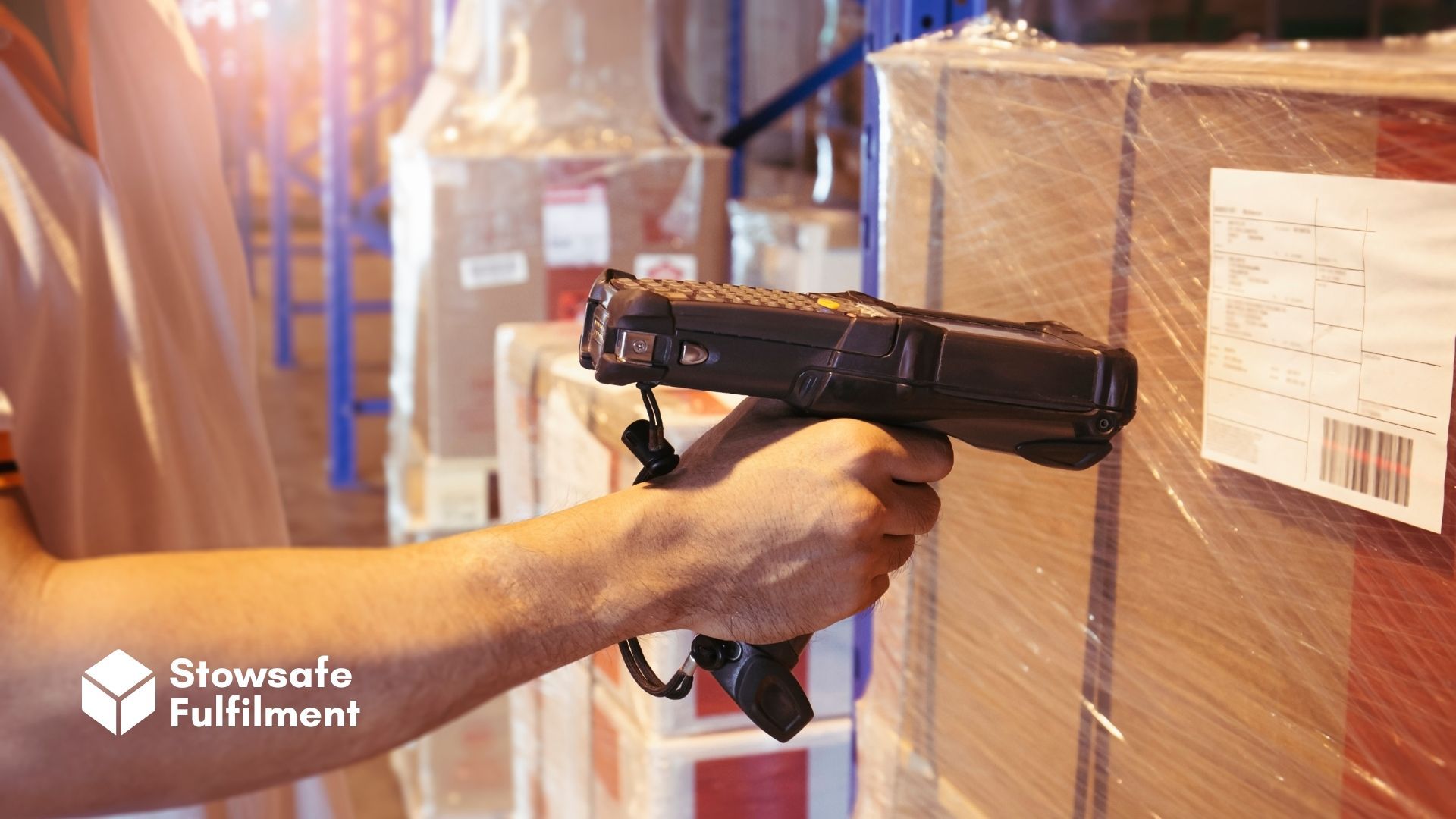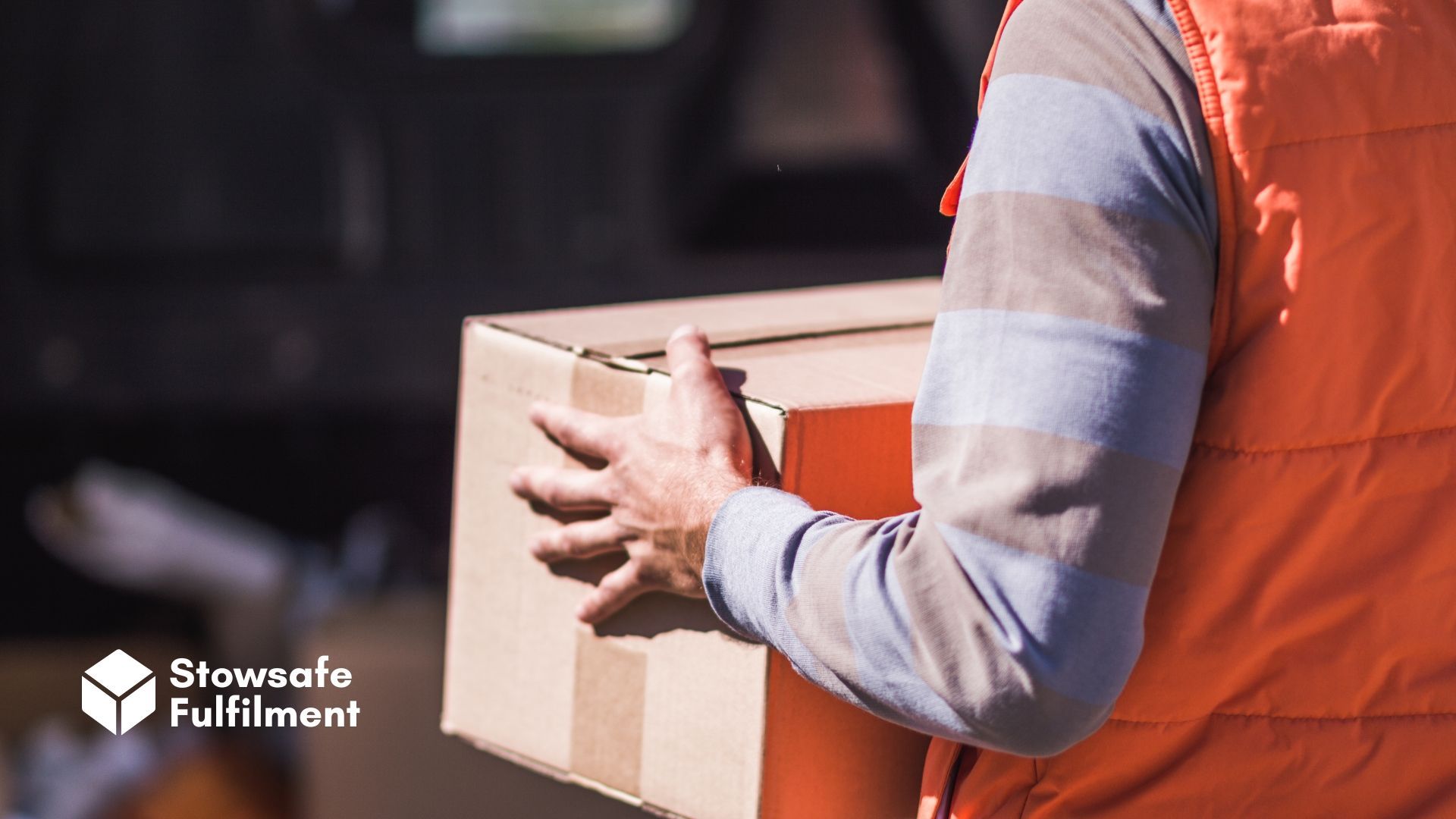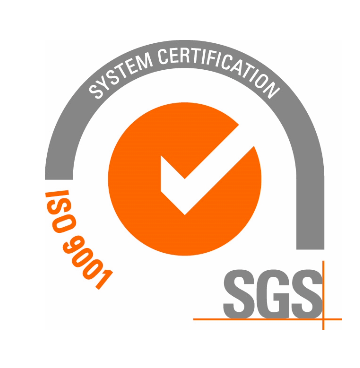The direct-to-consumer (D2C) model is making waves in the world of eCommerce. But is it worth making the switch? And how can a 3PL help you do it?
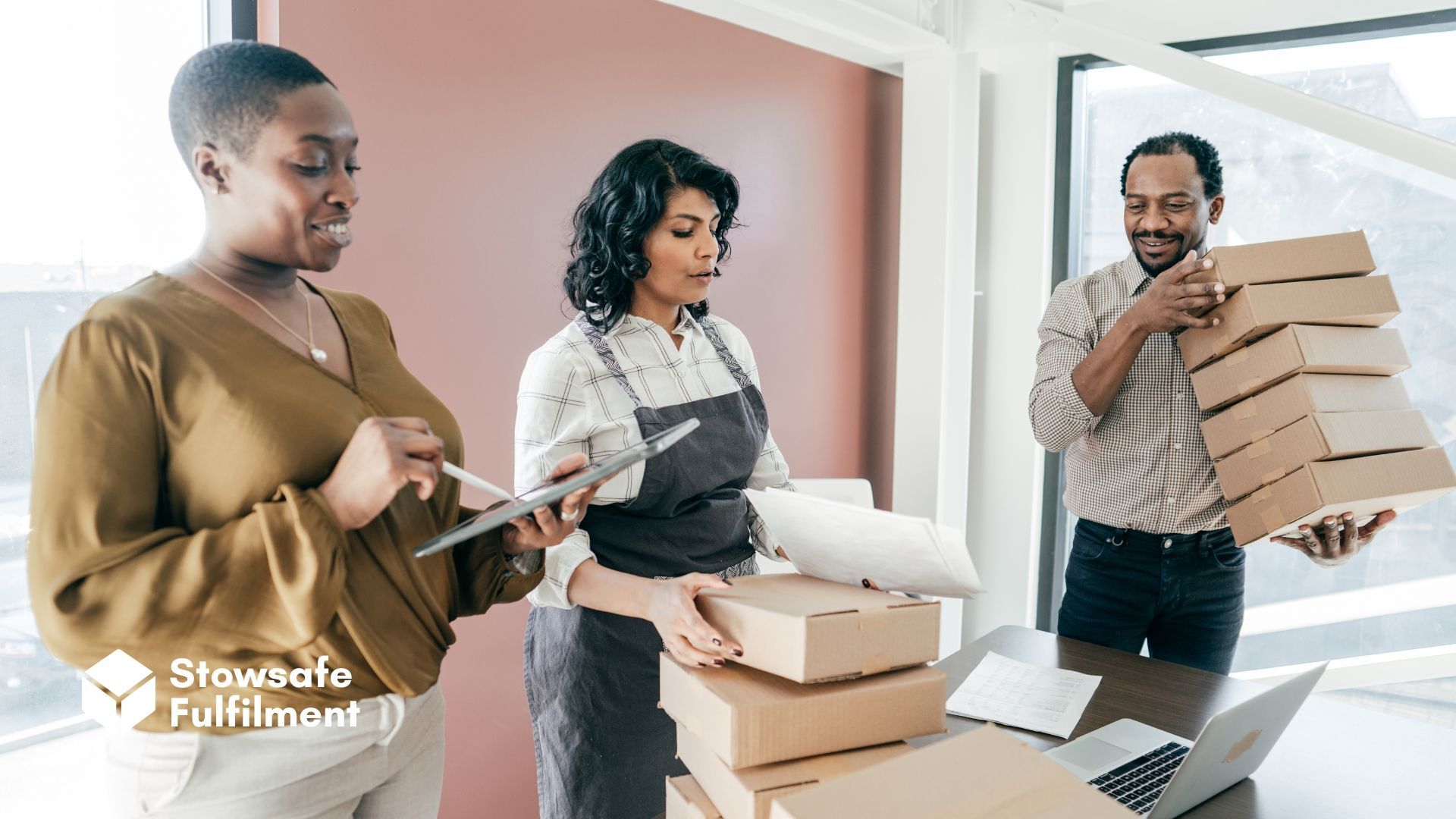
Going direct to consumer (D2C) is a bit like base jumping. They're both big leaps – and while they can be exciting, they’re not without risk.
You've built your brand on a B2C (business-to-consumer) model. You're used to dealing with intermediaries like retailers and eCommerce marketplaces. The consumer, as far as you're concerned, is more of a distant cousin than a live-in partner.
Those retailers and marketplaces can feel like a somewhat scratchy safety blanket. Negotiating and chasing payments can be a hassle, but you've worked hard to build strong relationships – and your logistics operation is as simple as "bulk goods come in, bulk goods go out".
With all this in mind, is it worth scaling the skyscraper of change and leaping into the windy wilds of D2C? Do the benefits outweigh the increased marketing spend? The operational overhauls? The hassle of fulfilling customer orders directly?
The answer to all these questions is, "Yes, for the right kind of business.
Especially if you have a trusted third-party fulfilment (3PL) provider on hand to help."
In this article, we look at the benefits of going D2C and explore how a 3PL can make the transition a little easier.
But first, let's clear up any confusion about what D2C actually
is.
The facts: D2C vs B2C vs B2B
The world of eCommerce has more acronyms than a reckless game of Scrabble. B2B, B2C, D2C… What does it all mean?
B2B: business to business
A B2B retailer sells goods or services directly to other organisations. The consumer doesn't come into it.
B2C: business to consumer
B2C has been the predominant model for consumer-facing brands since the dawn of eCommerce. A B2C business sells goods to end users, but not directly.
In a B2C setup, you deal with sourcing or manufacturing, product packaging (but not last-mile packaging) and big-picture marketing. You leave sales, order fulfilment and point-of-sale promotions to an intermediary, like Amazon, Best Buy or Ocado.
D2C: direct to consumer
A D2C business sells directly to consumers through its own channels. It cuts out the middleman, trading stability and logistical simplicity for agility and profit.
D2C is the new kid on the block – at least in the eCommerce sphere. People have, of course, traded directly to customers for thousands of years. Just think of the Stone Age person trading apples for oranges – or the artisan cheesemaker who keeps her loyal locals stocked up with steirerkäse.
If you go D2C, you become the artisan cheesemaker and your goods become the steirerkäse. It's a humbler kind of eCommerce where you build direct relationships with customers – and those customers have names, clout and aggravations.
You don't have to choose between B2C and D2C. Businesses can – and do – run B2C and D2C channels simultaneously. However, the two models require drastically different approaches in terms of marketing, logistics and forecasting.
So for the sake of this article, we'll assume you run an SME and you're thinking of switching wholesale (no pun intended) from B2C to D2C.
Here's what you can expect.
What are the benefits of going D2C?
1. Total ownership of your brand
Your brand is the fruit of blood, sweat and tears. You've put a lot of work in, which makes it all the more annoying when a retailer misrepresents your product, gives preferential treatment to a competitor or attracts negative publicity. All these things reflect badly on you.
But if you go D2C, you'll have total ownership of your brand – and all the responsibility that comes with it. You're free to market yourself in any fashion that fits.
The downside:
the D2C model suits hip young brands that aren't afraid to disrupt the market – or to spend a heap of cash to make sure they get seen. To succeed, you might need to up your marketing budget and explore unfamiliar avenues like influencer marketing or YouTube sponsorships.
2. Better brand loyalty
Going D2C lets you build strong, long-lasting relationships with customers. If you nurture those relationships, your customers will be more than happy to hype your brand.
The downside:
friendships come with responsibilities. If you don't keep up your end of the bargain, you can expect your customers to drop you like a mouldy potato. Or, worse, say nasty things about you online. Ouch.
3. More agility
Compared to B2C, the D2C model has significantly shorter order cycles. This means you're more free to innovate, change course and respond to market demands.
Want to experiment with a short run of a new product? Good luck doing that as a B2C business.
The downside:
agility goes hand in hand with liability. You have to weigh up your new-found freedom against fresh responsibilities such as handling personal and financial data. Expect more operational complexity and more risk.
4. Better margins
A good D2C business is a lean, mean selling machine. Going D2C lets you ditch your usual retailers and their usual markup, so you're free to skim more cream from each sale.
The downside:
it's an investment. On top of increased marketing costs, you'll have to spend time and cash implementing new processes like order fulfilment. It's a brave new world – and bravery costs money.
How can a 3PL help you go D2C?
You may have spotted a theme running through this article: D2C is simple in theory but can be brain-addlingly complex in practice.
To an outsider, it looks like you're running a market stall. But to you, it feels like trying to do brain surgery using rocket science.
New channels. New processes. New markets. New headaches.
A 3PL can't write your business plan or develop a winning marketing strategy. But it can promise a softer landing when you make the leap to D2C.
See, a 3PL handles your order fulfilment. All of it. Storage, picking, packing and shipping. The best 3PLs can even deal with returns. Nice.
And the best of the best can support your transition with a buffet of value-added services. These might include providing custom packaging, inserting "thank you" notes and creating sales-stoking product bundles at the packing stage. Little things that can help you build strong and lasting relationships with your new customer base.
Let's not understate the importance of this. For a dyed-in-the-wool B2C, fulfilling customer orders means implementing a brand-new business function. It demands time, energy and money.
By outsourcing fulfilment to a 3PL, you can free up time to focus on the bigger picture. Marketing. Planning. Product development. Growing your brand.
Order fulfilment might seem like a small piece of the D2C puzzle. But when you put fulfilment in the capable hands of a 3PL, everything else gets a little bit easier.
Stowsafe is a
fulfilment and storage provider based in the southwest of England. For more industry news and analysis, follow our
fulfilment blog.
All Rights Reserved | Stowsafe Fulfilment

